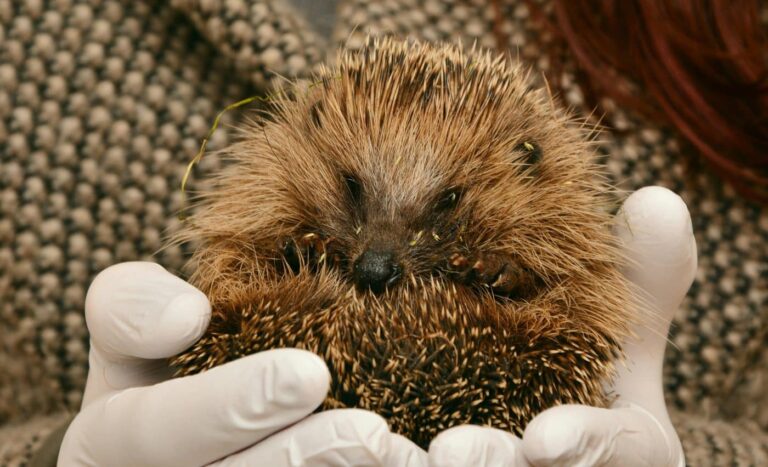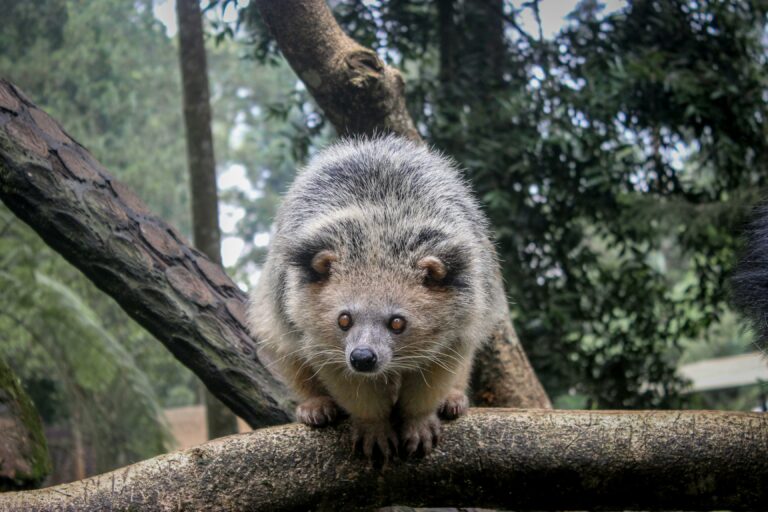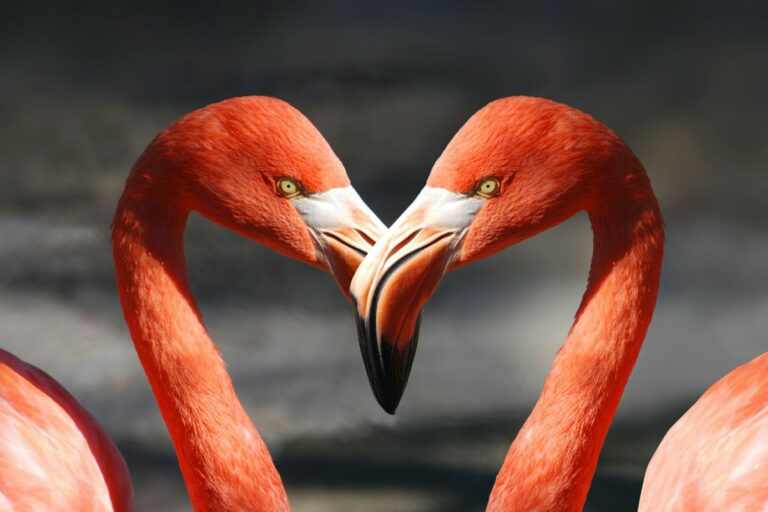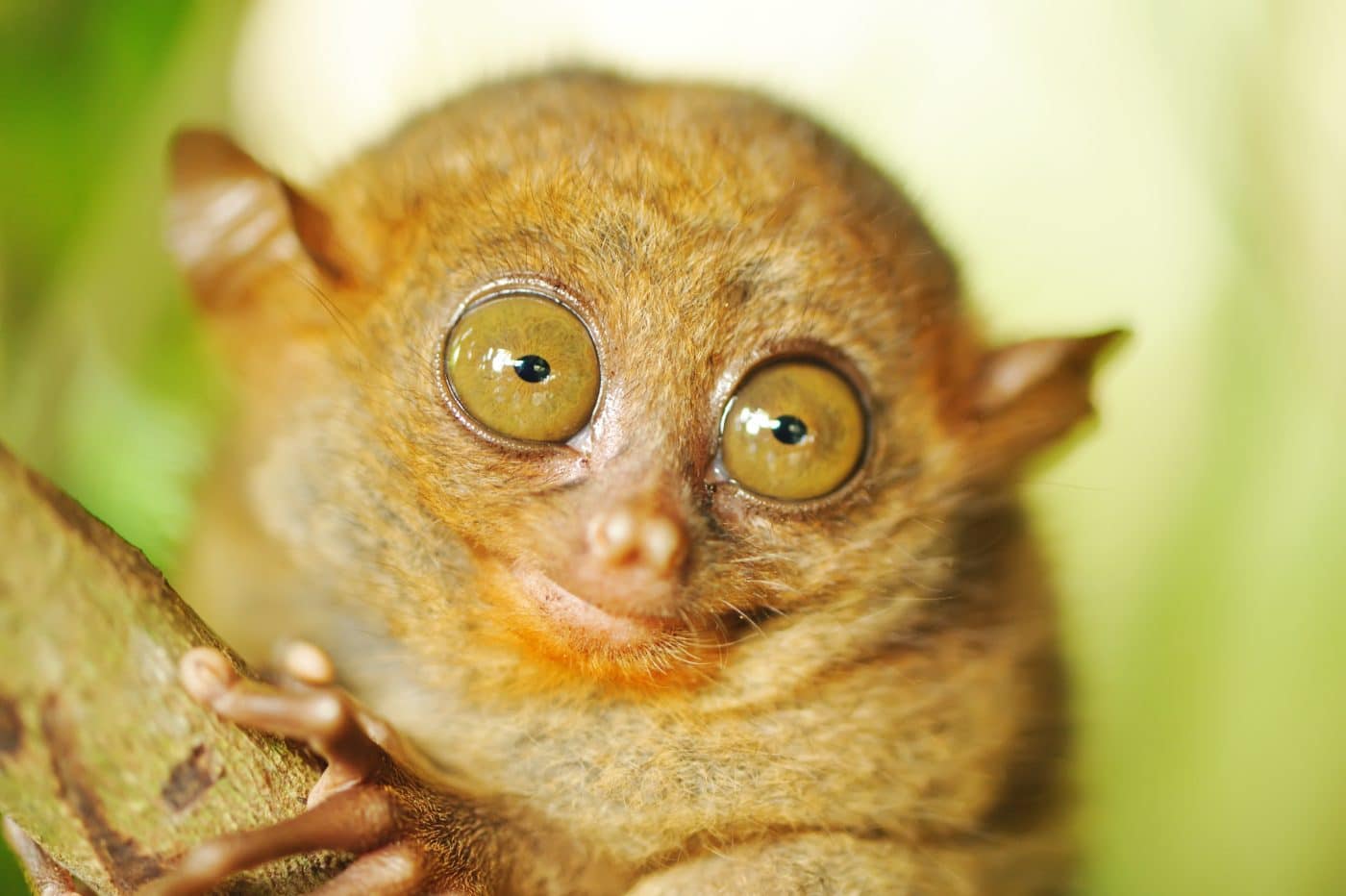 Shutterstock
Shutterstock
The natural world is full of surprises, and sometimes creatures believed to be lost forever make an unexpected return. These “Lazarus species” prove that nature’s ability to adapt and evolve is boundless. While some disappeared due to hunting or habitat loss, others remained hidden in remote areas, unnoticed for years. Their incredible comebacks remind us that even the rarest creatures can endure. These stories inspire hope for conservation efforts and the protection of biodiversity, showing that the resilience of life can triumph even in the most uncertain times.
Coelacanth
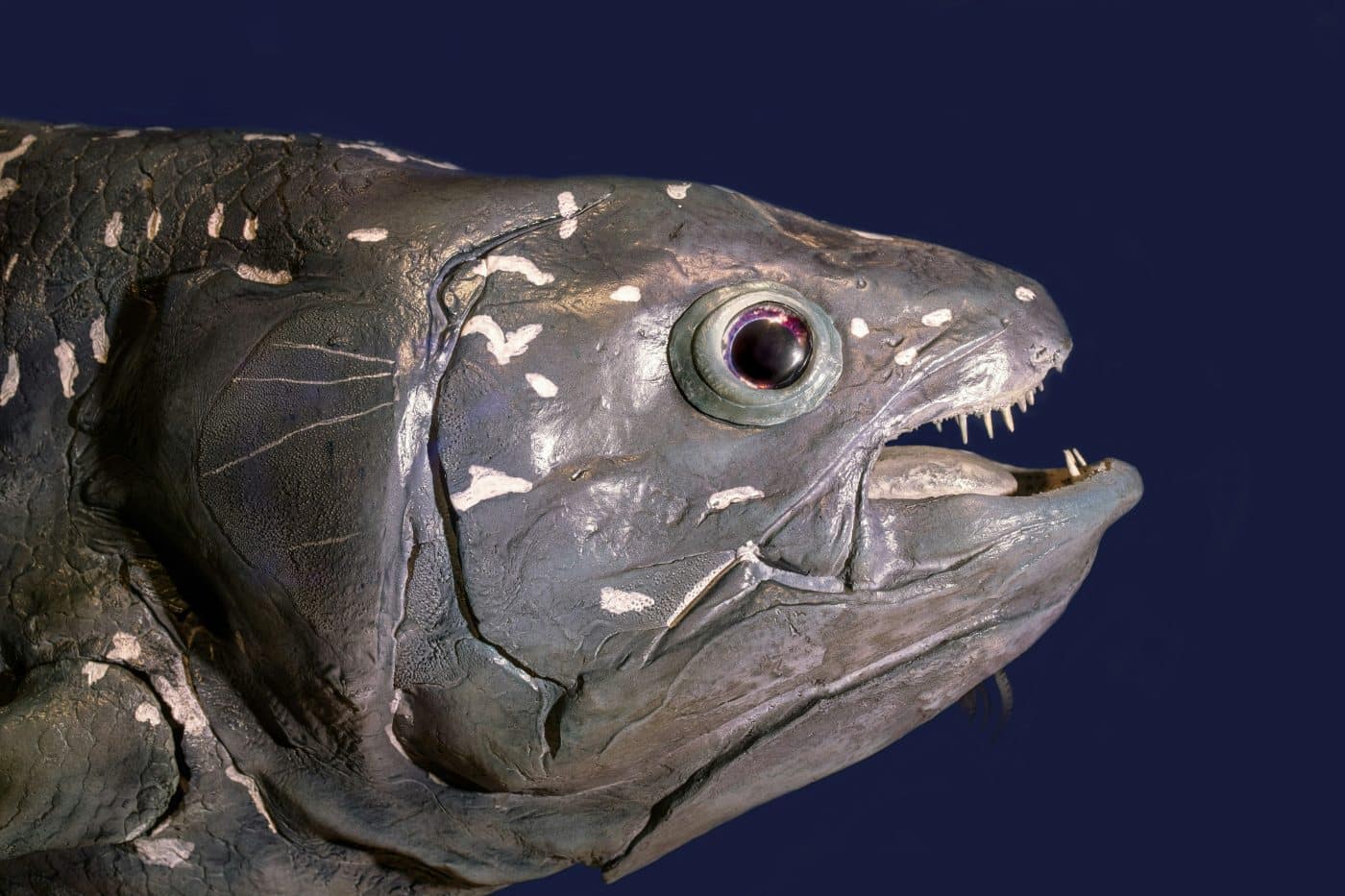

Once thought to have been wiped out along with the dinosaurs, the coelacanth is an ancient fish that stunned the world when it was caught in 1938. These deep-sea dwellers were considered long extinct, but their rediscovery opened a window into Earth’s distant past. With its lobed fins, the coelacanth has characteristics that suggest it could be the link between aquatic and terrestrial life. It’s an amazing example of how nature can keep secrets for millions of years before revealing them when least expected.
Chacoan Peccary
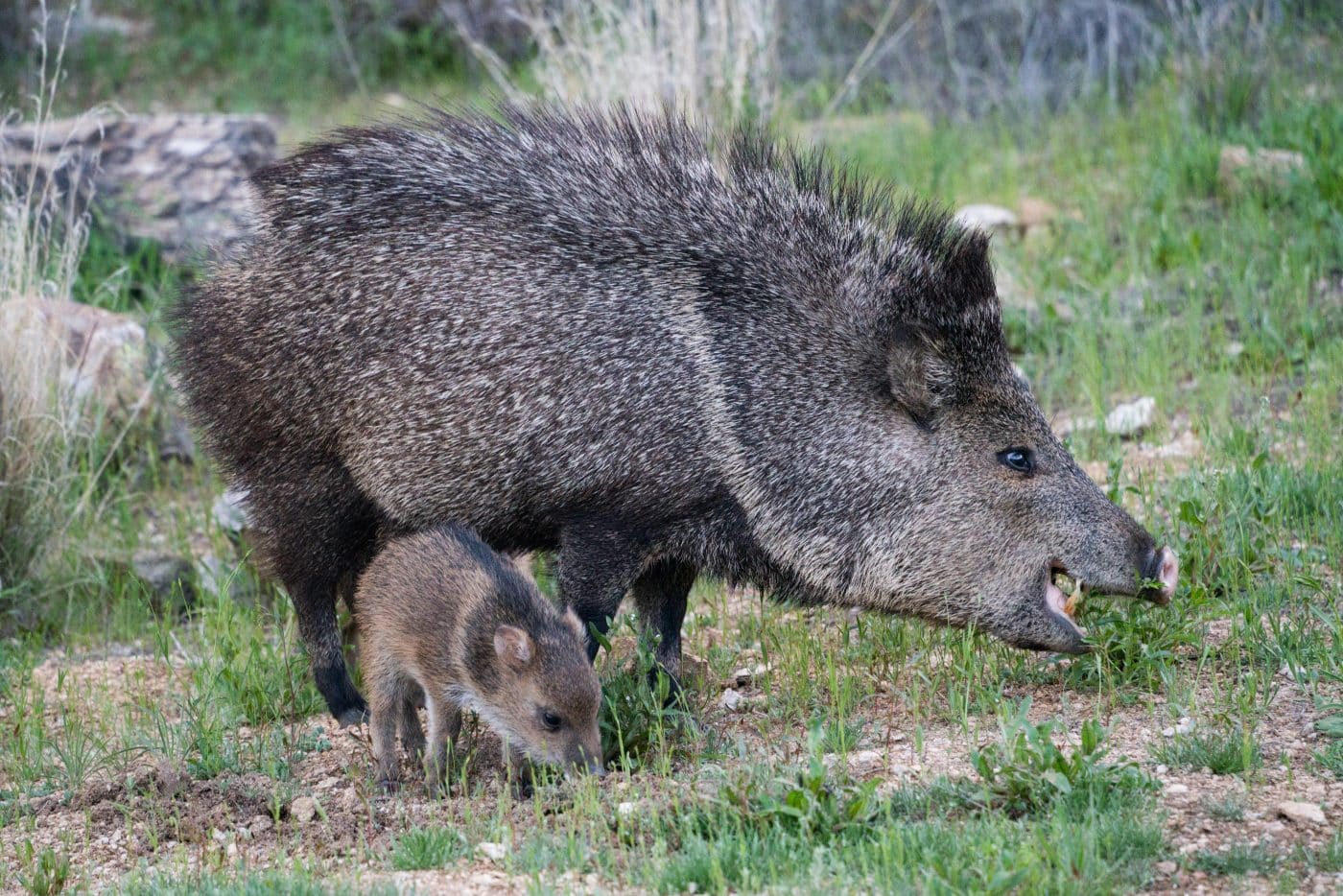

For centuries, the Chacoan peccary was thought to have vanished from the earth. That is, until researchers stumbled upon a live population in 1975 in South America. This pig-like mammal had remained off the radar, with indigenous communities knowing of its existence, but modern science had missed the mark. Surviving in arid, thorny environments, the Chacoan peccary is an expert at evading detection and continues to thrive, showcasing the resilience of species we thought we’d lost forever.
Pygmy Tarsier
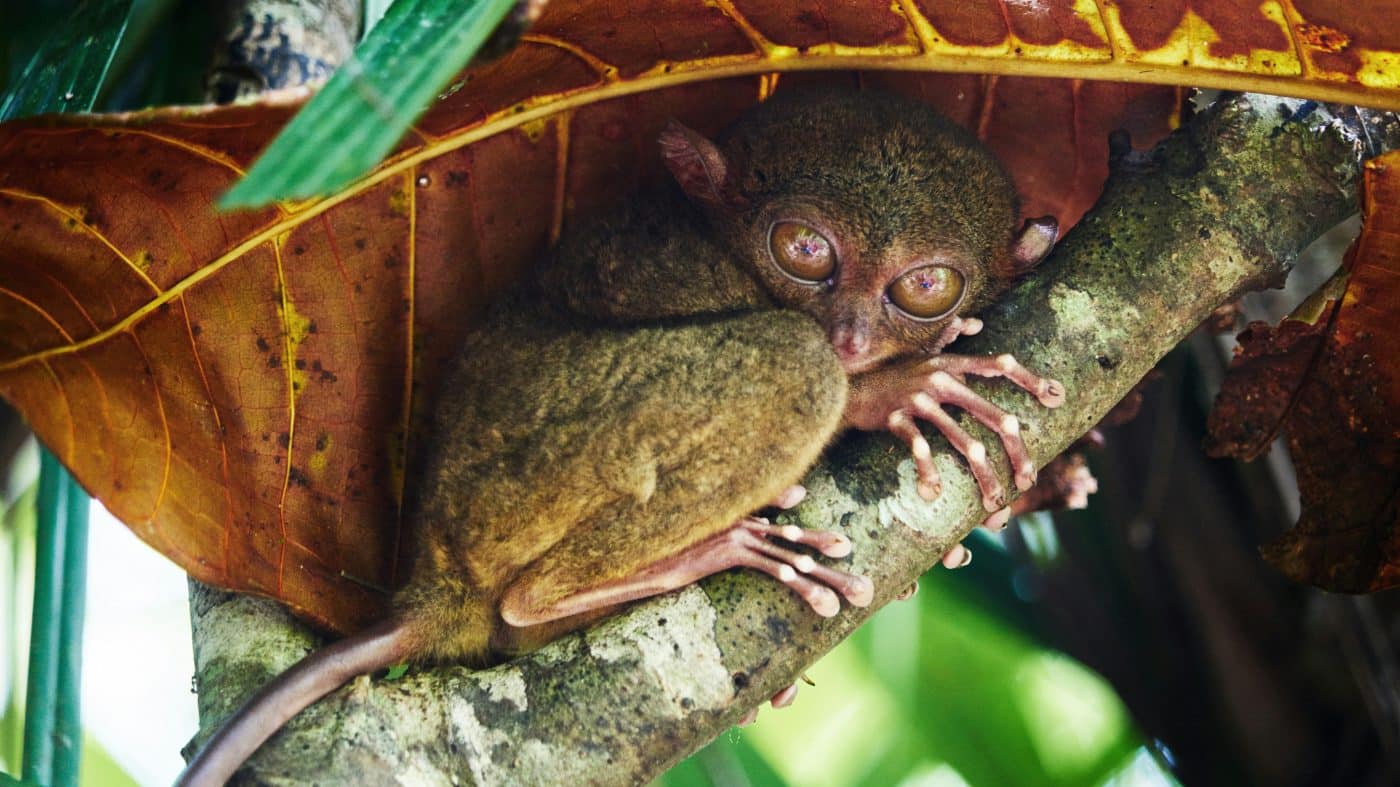

Imagine a tiny, big-eyed primate that looks like a cartoon character—now imagine it was thought to be extinct for decades. Rediscovered in Indonesia in 2008, these tiny creatures were presumed extinct after the 1920s. Their secretive nocturnal nature and tree-dwelling habits kept them hidden from scientists, who have since worked to protect their small, reappearing population. The pygmy tarsier is a testament to how even the most adorable creatures can evade discovery.
Takahe
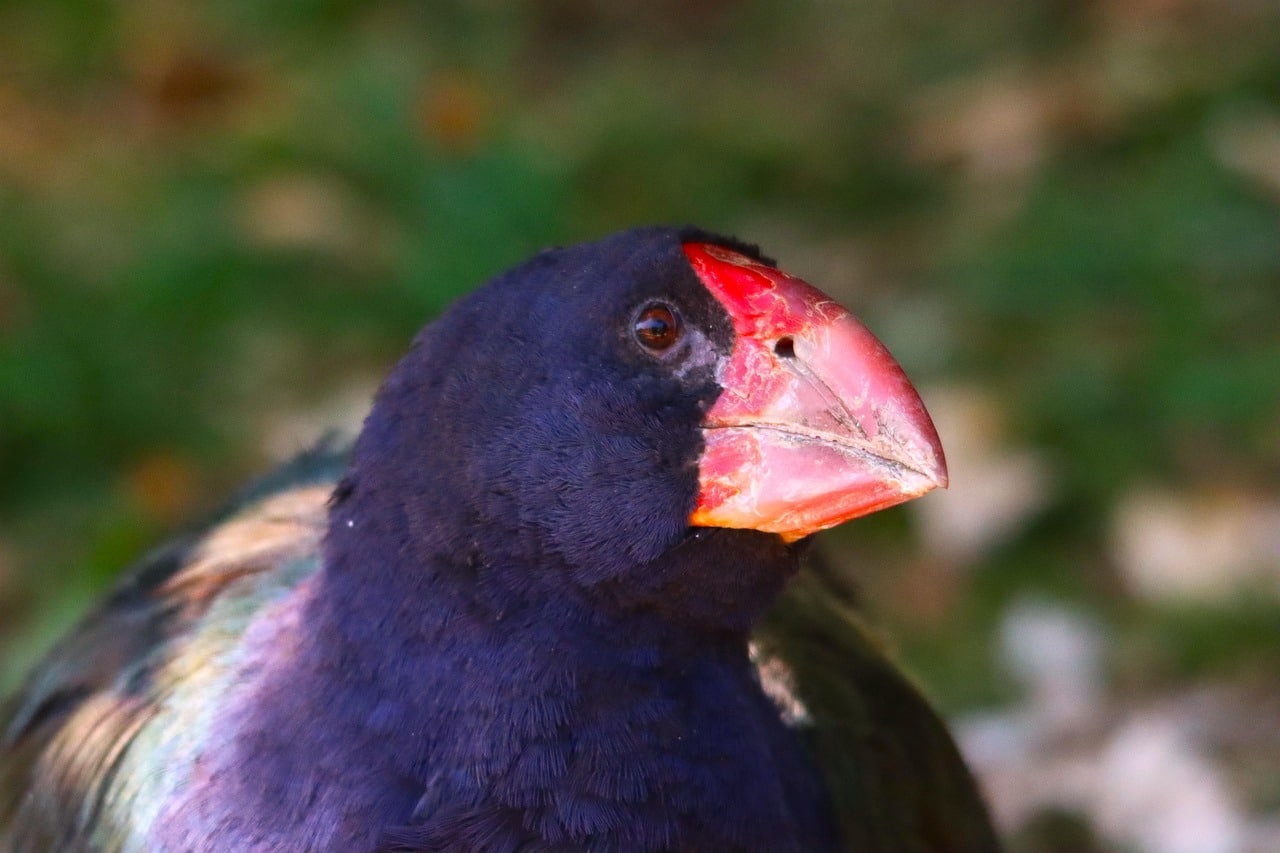

A flightless bird from New Zealand, the takahe was declared extinct in the late 1800s—until it was rediscovered in 1948. Hiding deep in the Fiordland mountains, these stunning birds had avoided human eyes for over half a century. With bright blue feathers and strong red beaks, the takahe’s rediscovery was a monumental conservation triumph. Though still endangered, their numbers are slowly increasing thanks to extensive protection efforts, showing that hope is never truly lost for the wild.
Terror Bird
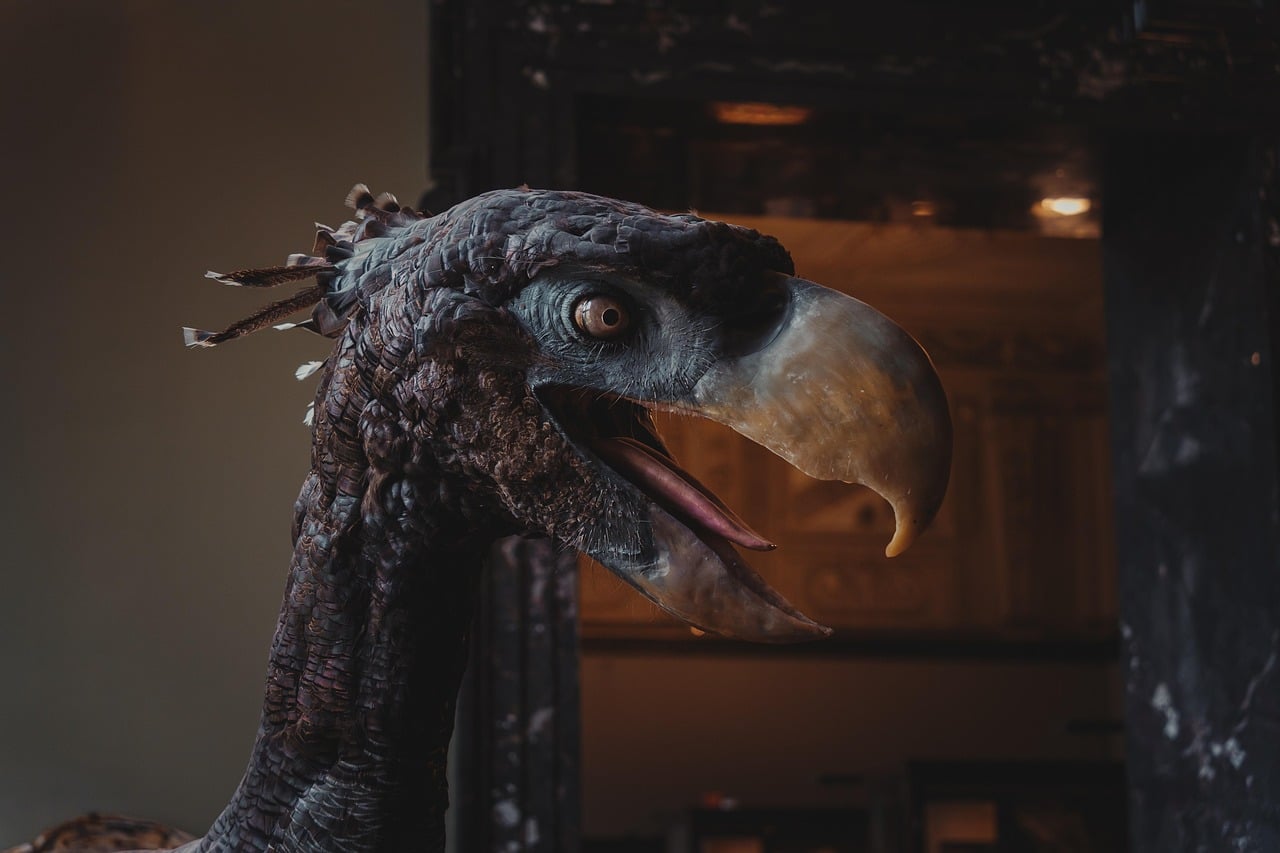

The name alone evokes fear—terror birds were once the apex predators of South America. Thought to have died out millions of years ago, these terrifying, flightless birds may have survived much later than originally believed. Fossils found in 2006 suggest they could have lived until as recently as a few thousand years ago. With rumors of sightings in remote regions, a few terror birds might still roam the Earth, making the idea of their return both thrilling and chilling.
Japanese River Otter


Once thought to be extinct, the Japanese river otter was declared lost in 2012 due to habitat destruction. However, recent evidence, including DNA samples and sightings from locals, suggests that a few may still be swimming in Japan’s remote rivers. If confirmed, this would mark an extraordinary comeback for a species thought to be gone forever. Conservation efforts are now focused on confirming their existence and restoring their habitat, offering hope for other “lost” animals.
Fernandina Giant Tortoise
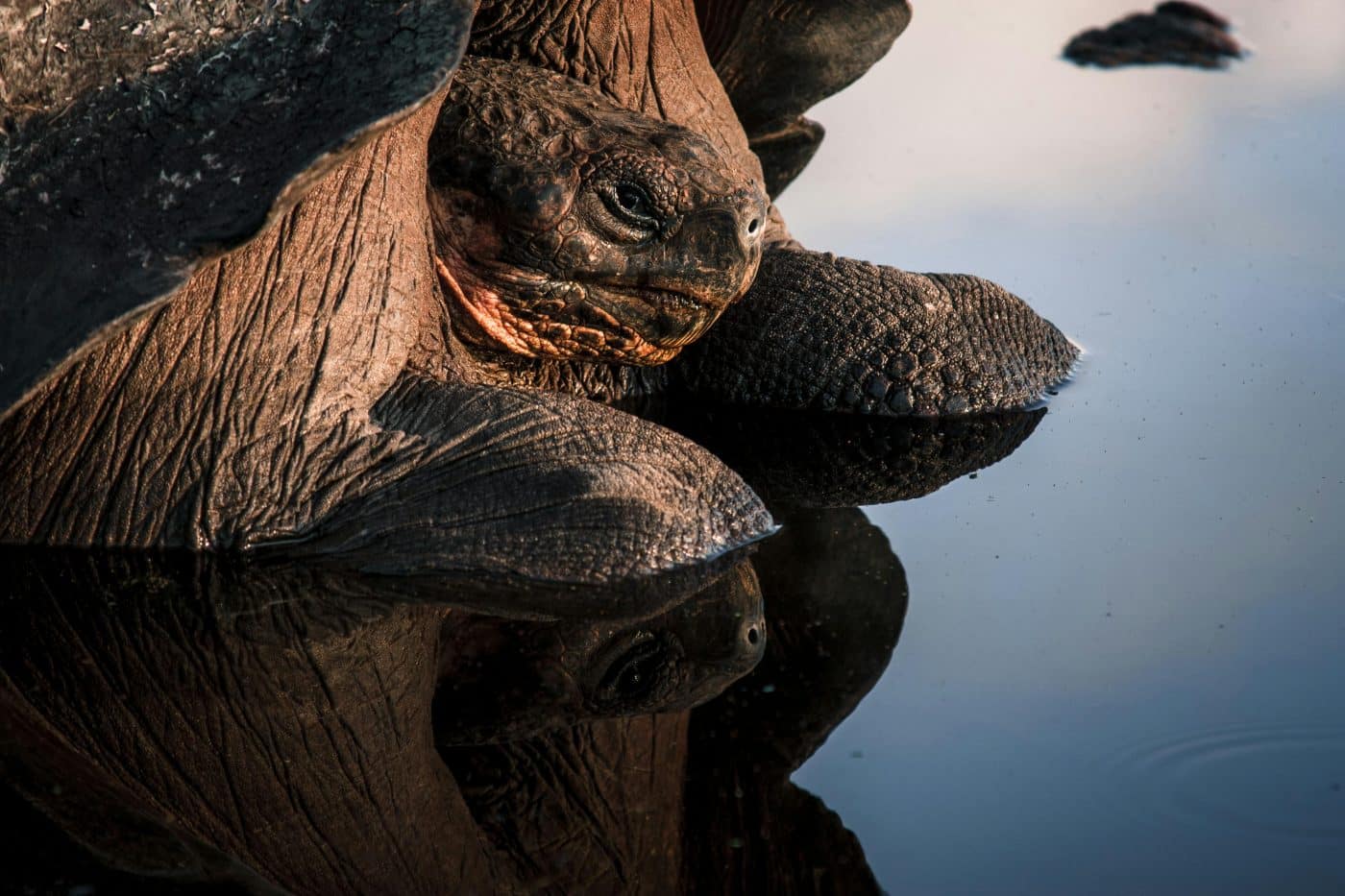

For over a century, the Fernandina giant tortoise was presumed extinct. But in 2019, a living female was found on the Galápagos Islands, proving the species still had a chance. This incredible discovery sparked hope that more could be found, and efforts to locate additional individuals continue. With one tortoise already over a century old, this species has truly played the long game in terms of survival.
Woolly Flying Squirrel
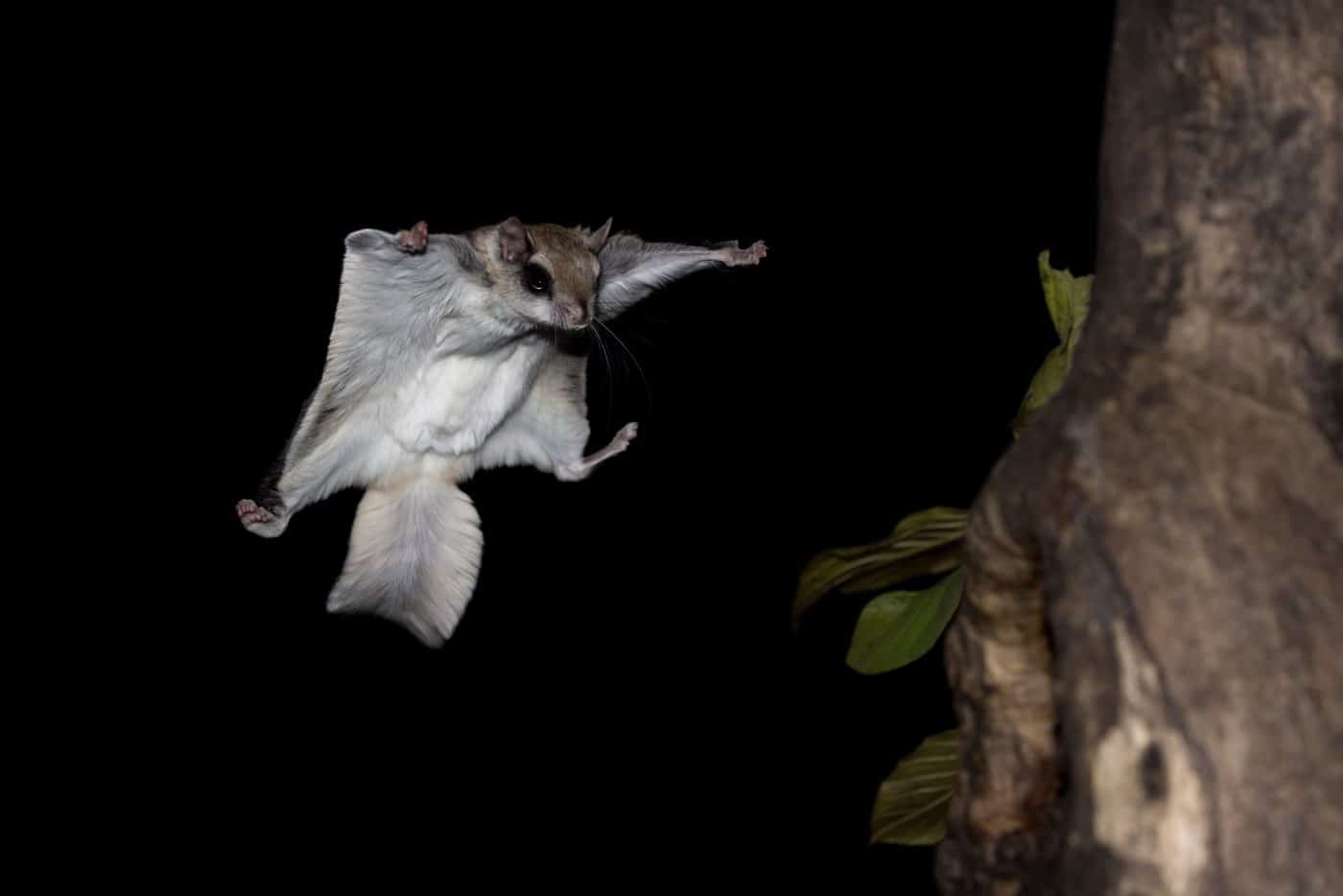

This remarkable rodent from Pakistan was thought to have gone extinct in the early 1900s, but a rediscovery in the late 1990s shocked researchers. The woolly flying squirrel is covered in thick, insulating fur, making it perfectly suited to the frigid mountain environment. Though still elusive, sightings of this squirrel show that even the rarest creatures can survive for decades without detection, waiting for the right moment to reveal themselves. This high-flying mammal is just one of the many examples of elusive animals making an unexpected return.
Javan Elephant
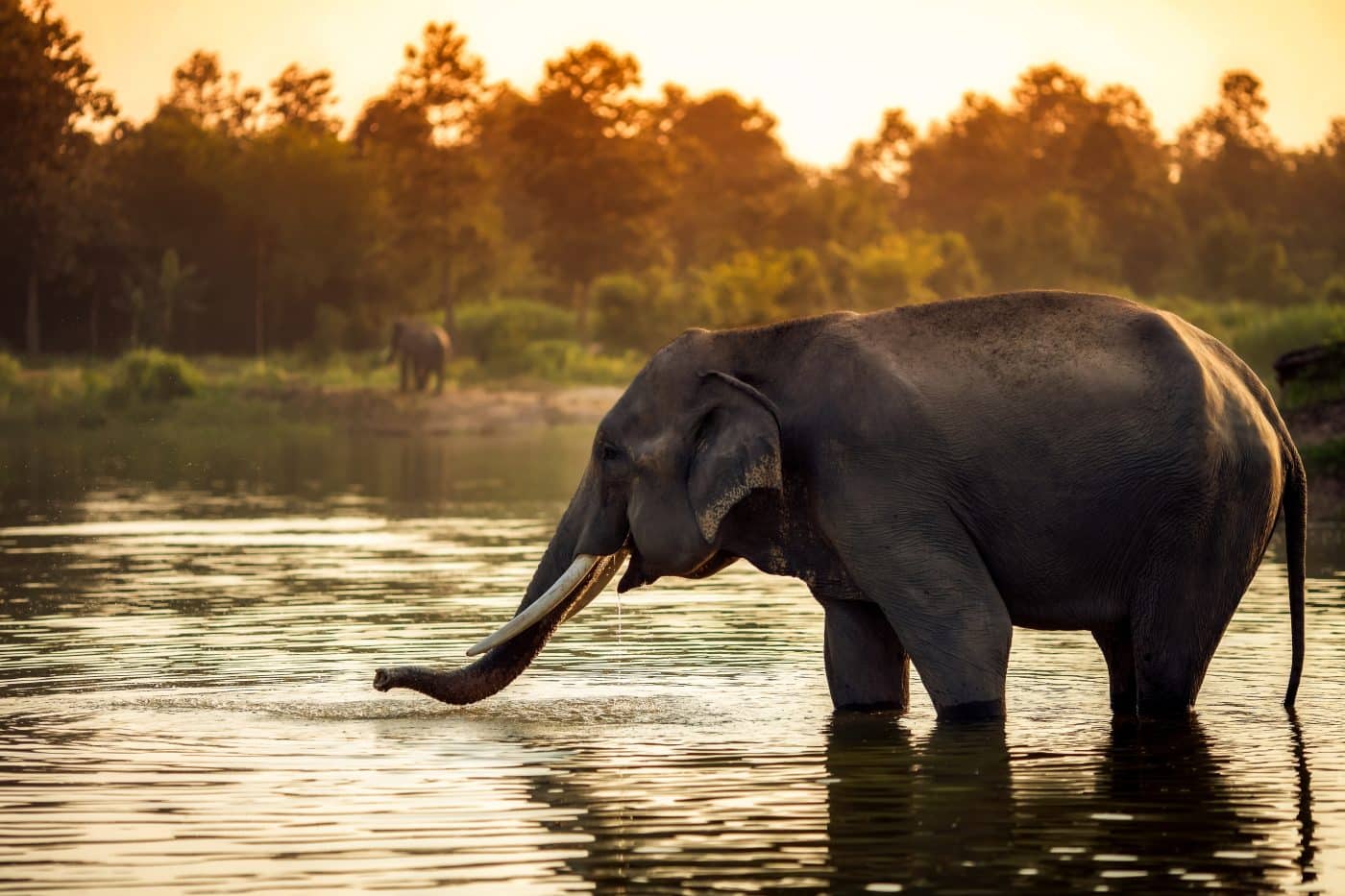

Once considered extinct, the Javan elephant was rediscovered living in Borneo, where a small population of these smaller elephants had been surviving undetected. Genetic testing confirmed that they were direct descendants of the Javan elephants thought to have disappeared a century ago. The survival of this population, hidden deep in the jungle, provides hope for other species in similar situations. Their rediscovery highlights the importance of preserving habitats in even the most remote areas.
Crest-Tailed Mulgara
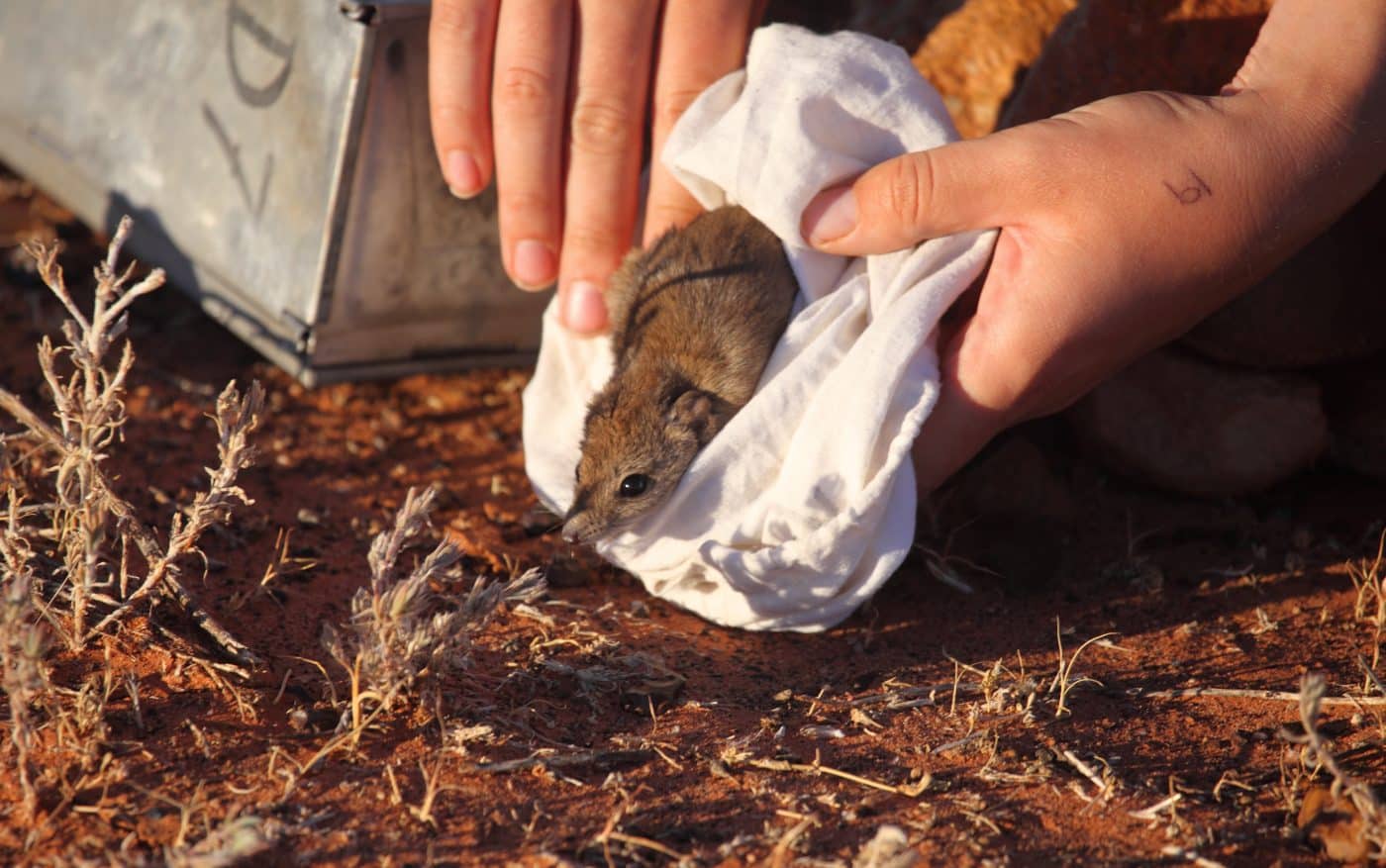

The crest-tailed mulgara, a carnivorous marsupial from Australia, had been thought extinct since the early 1900s. But in 2017, researchers in the outback rediscovered this resilient creature. With the ability to survive in the harshest desert conditions without drinking water, the crest-tailed mulgara is a symbol of the adaptability of life in extreme environments. Its rediscovery serves as a reminder of how tough and elusive some creatures can be.
Terror Skink
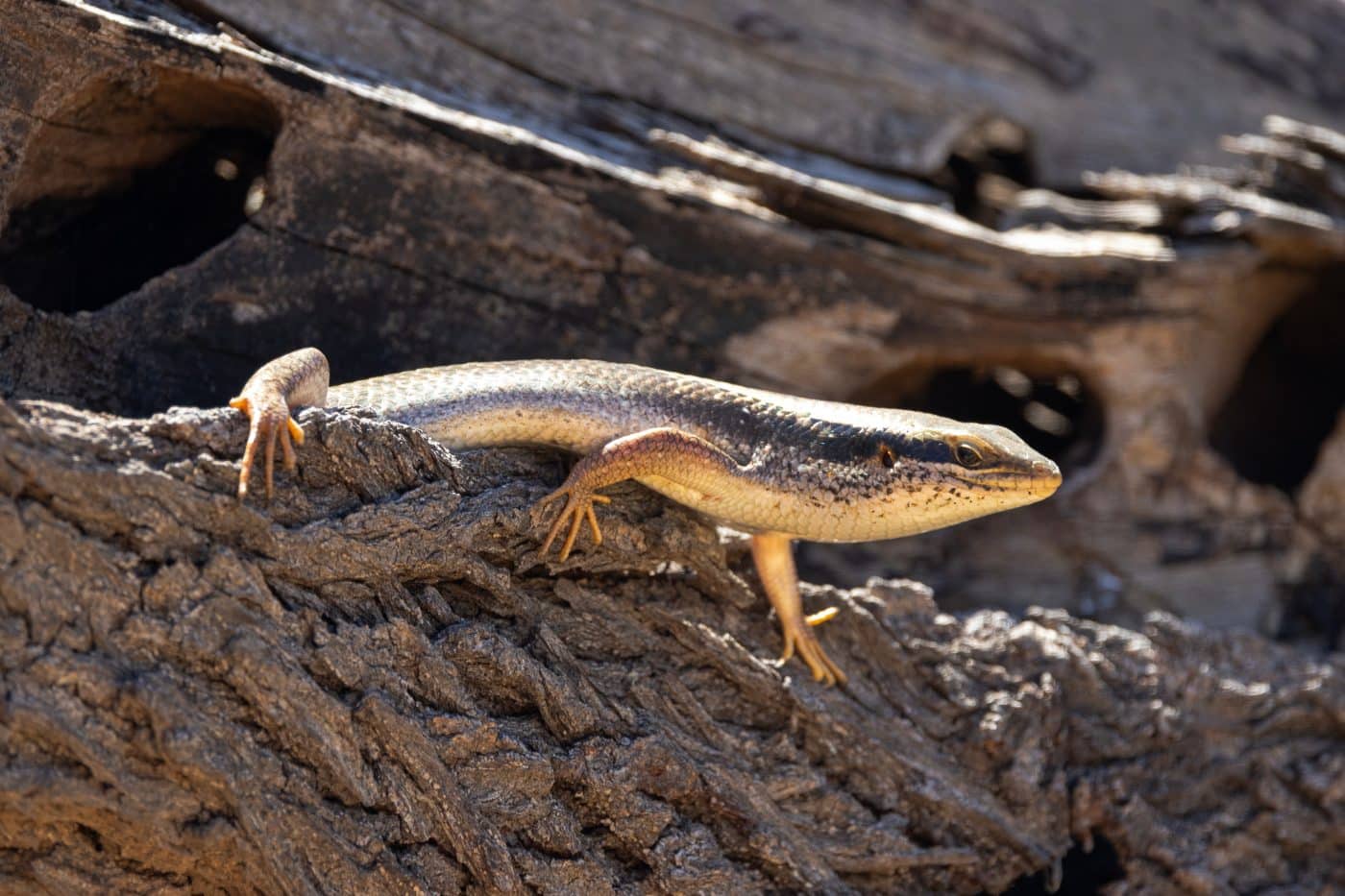

The terror skink, with its fierce name and sharp teeth, was considered lost to history—until it was rediscovered in 2003 on a remote island. Known for its sharp, curved teeth, the terror skink is one of the few predatory skinks in the world. Though sightings remain rare, its return proves that even the most unusual creatures can survive in isolated environments, hidden from human eyes for centuries. This unique lizard is just one of many animals that prove survival can be a long game.
Megamouth Shark
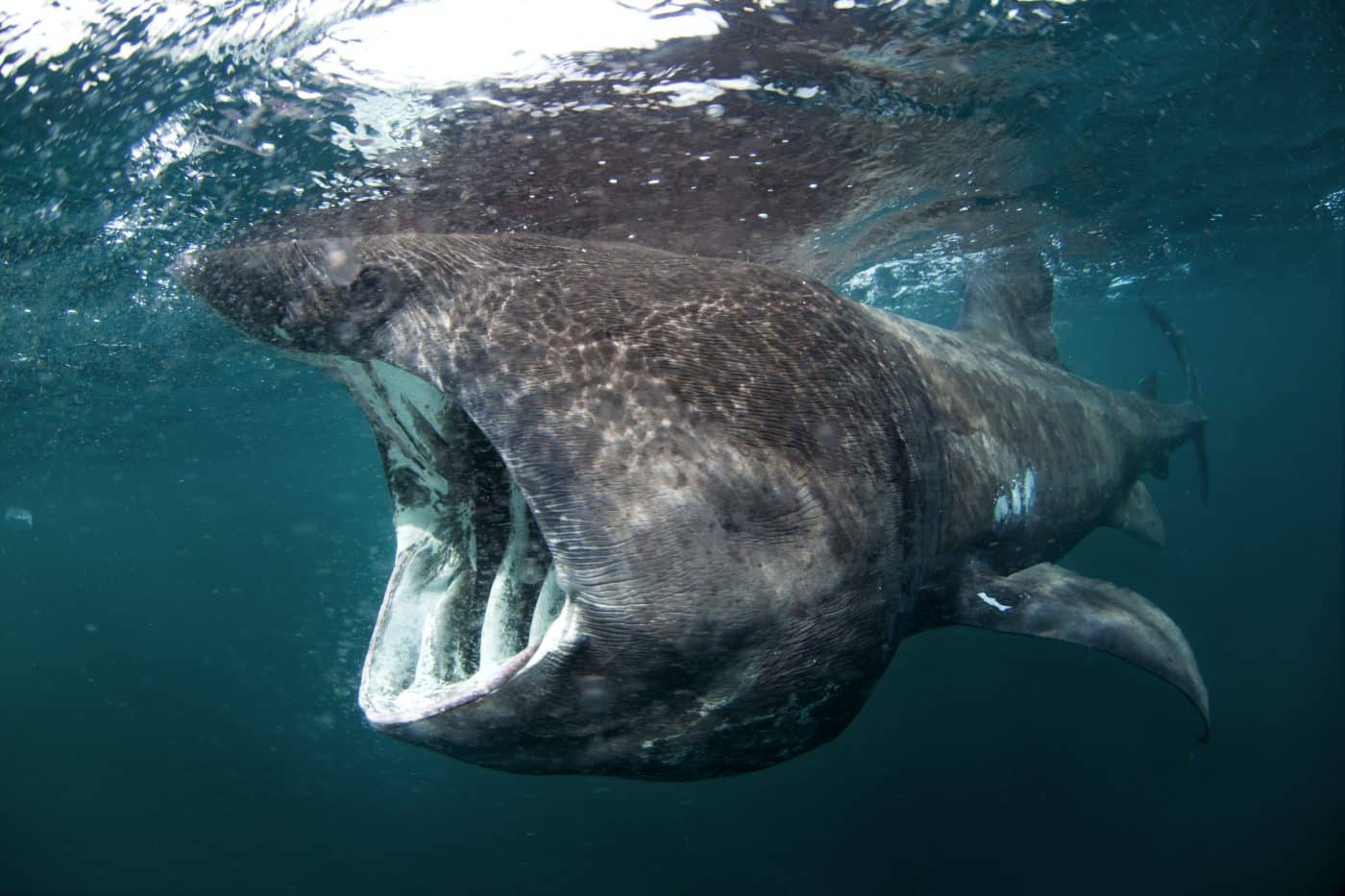

The megamouth shark, one of the most mysterious creatures of the deep, was virtually unknown to science until 1976 when one was accidentally caught off Hawaii. Before its discovery, it was believed to be extinct. This deep-sea filter feeder has a massive, gaping mouth that makes it both fascinating and intimidating. Despite being a rare sight, the megamouth shark’s rediscovery proves that many more oceanic secrets remain to be uncovered.
Bermuda Petrel
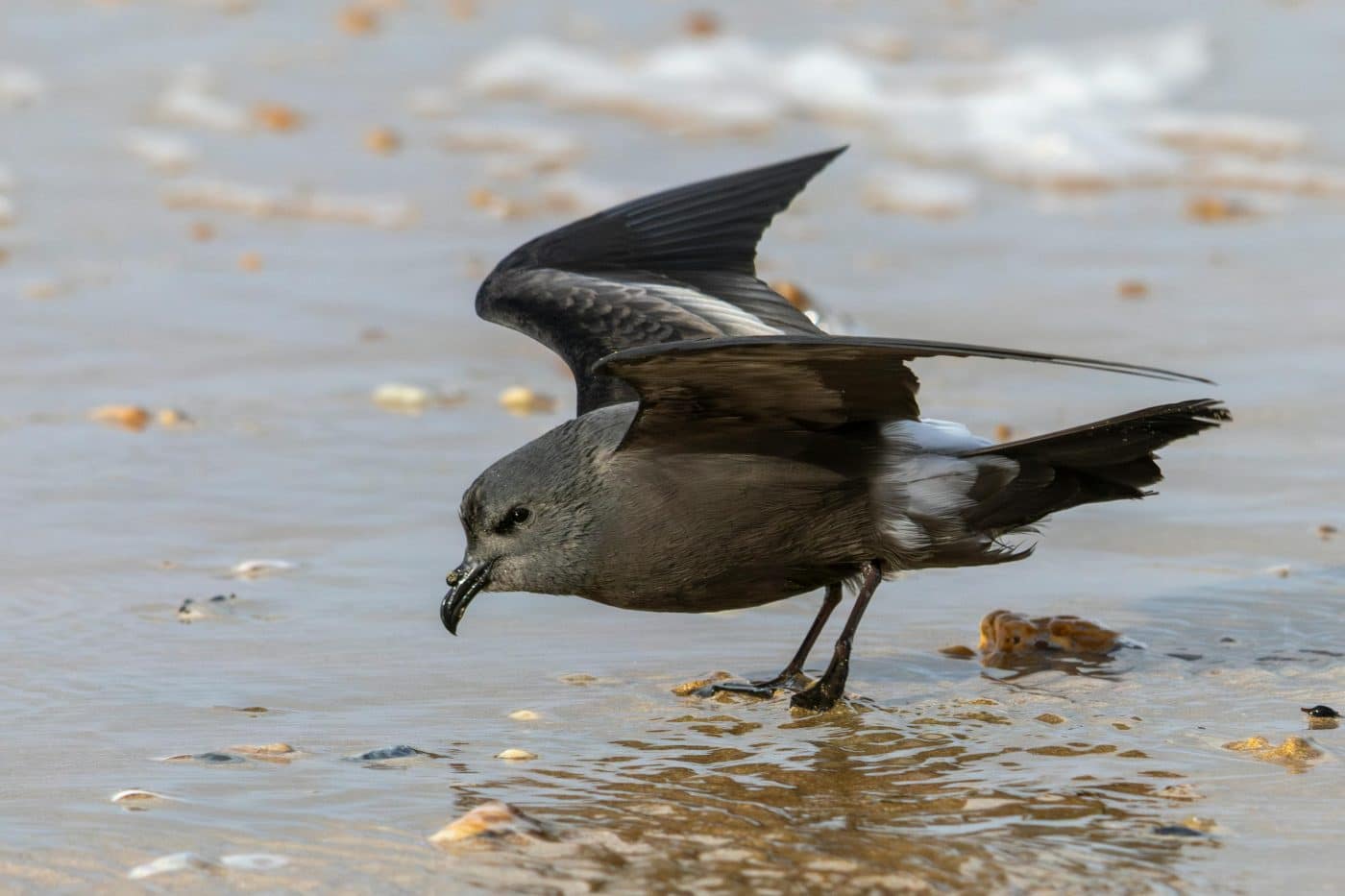

After being declared extinct for over 300 years, the Bermuda petrel was rediscovered in 1951, making it one of the longest “extinct” animals to reappear. This nocturnal seabird had been devastated by invasive species and habitat destruction. However, with the discovery of a small breeding colony, conservationists were able to revive the species. Their ongoing recovery is a symbol of resilience and hope for other species teetering on the brink of extinction.
The Ultimate Survivors Of The Animal Kingdom


These animals didn’t just survive—they made a stunning comeback, defying all expectations. Their stories highlight the unpredictable nature of life on Earth and the resilience of species that refuse to disappear. By continuing to adapt and thrive, these creatures show us that extinction is not always the end. As we work to protect their habitats and ensure their survival, they remind us that there is always a chance for a remarkable return, offering hope for other species on the brink of vanishing forever.

